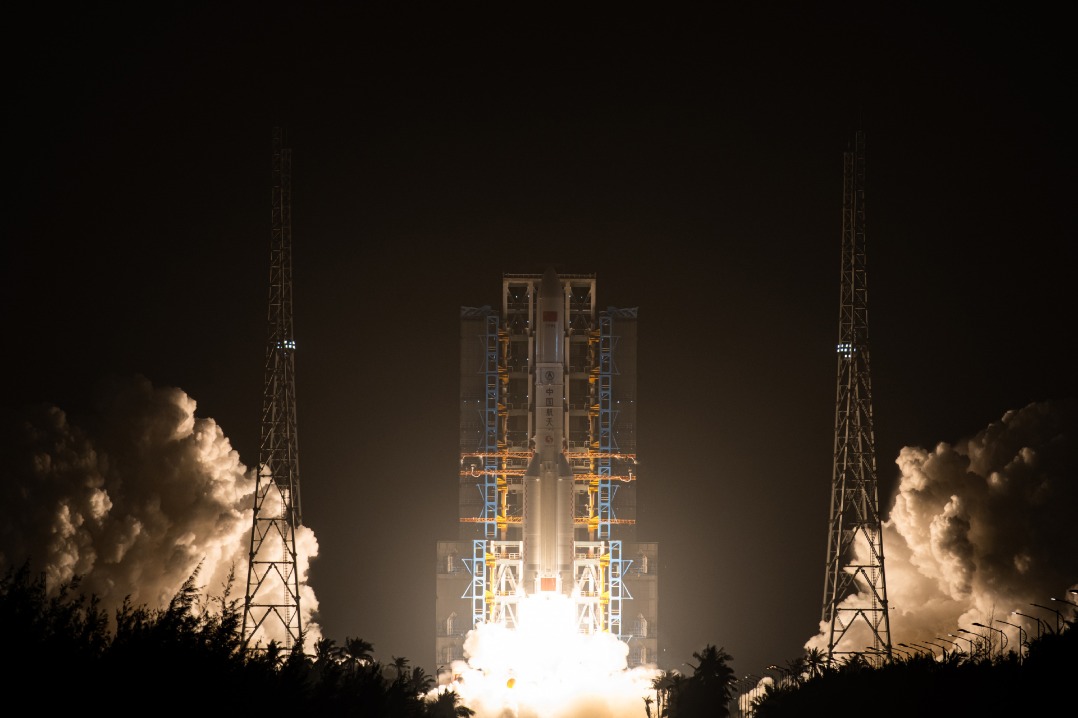Narrowing the gap between air and space travel
By Zhang Zhouxiang | China Daily | Updated: 2025-02-28 07:11
A report about Chinese scientists successfully testing the world's first oblique detonation engine, powered by standard aviation kerosene, has, expectedly, made waves. But it is necessary to point out that the technology has greater potential for use in the civilian sector than for military purposes, unlike what some analysts are saying.
Findings of the research, which have been published in the Journal of Experiments in Fluid Mechanics show that the new engine can reach speeds of Mach 6-16, which is difficult for traditional air-aspirated engines to achieve.
Which means the new engine can propel planes to 16 times the speed of sound, which is roughly around 19,600 kilometers per hour.
Before the latest development, the world's fastest jet was the X-43, an experimental airplane developed by NASA in the early 2000s, which could soar at Mach 9.6, or 3.2 km per second. With Mach 16, which does 5.4 km per second, a plane would be approaching the 7.9 km per second it takes an object to travel in space. The newly developed oblique detonation engine could fill the speed gap between aeronautical and aerospace propulsion systems, hopefully making air-space planes a reality soon.
As a South China Morning Post report rightly put it, the achievement marks "a potential game-changer in hypersonic propulsion that could redefine the limits of air and space travel". It's an aeroplane but it has the potential of changing the rules for space travel.
According to reports, JF12, a shock tunnel located in Beijing, is able to simulate conditions for aircraft to fly at greater Mach speeds. Hopefully, after more experiments there, an airspace plane might be a reality soon.
























